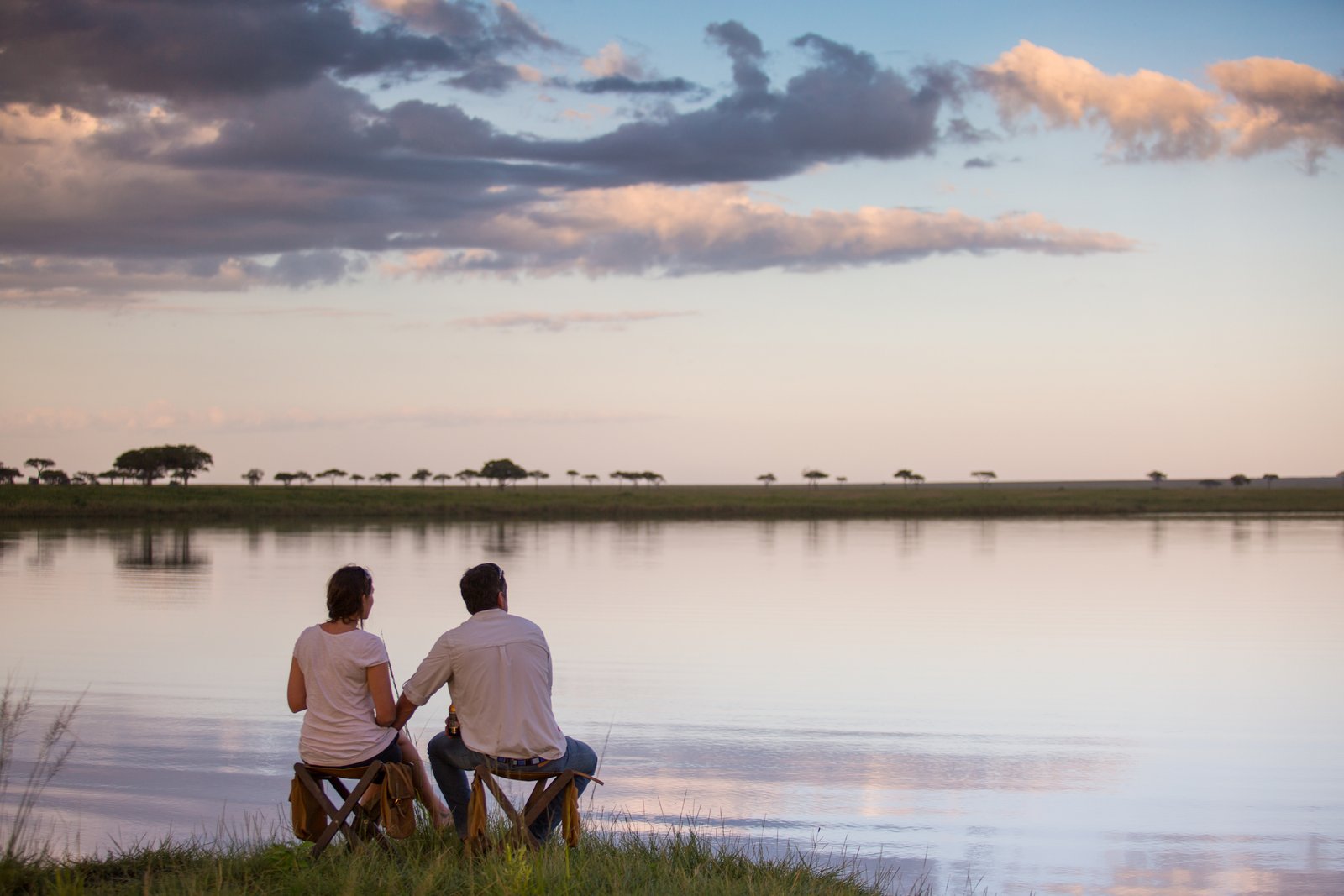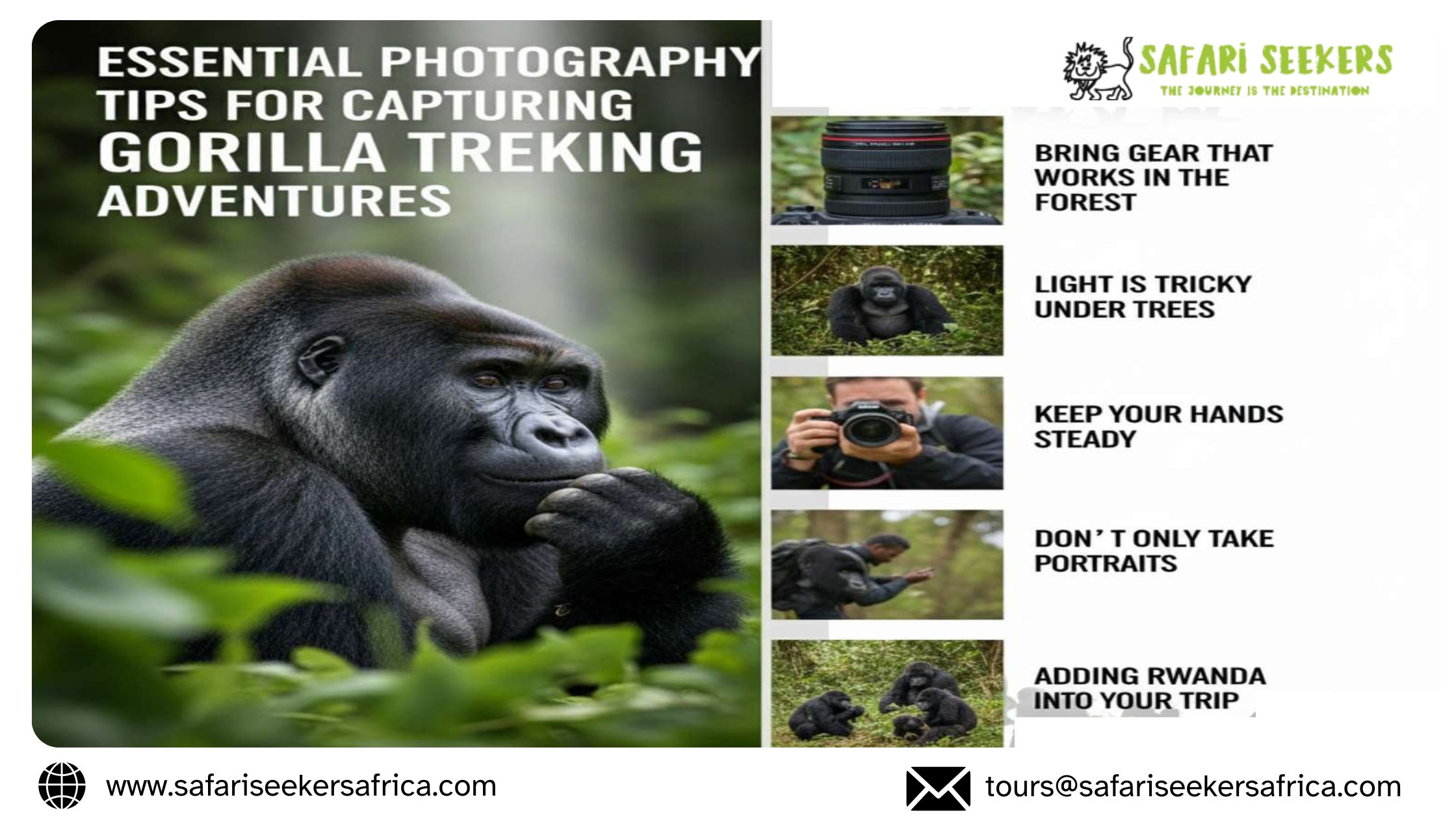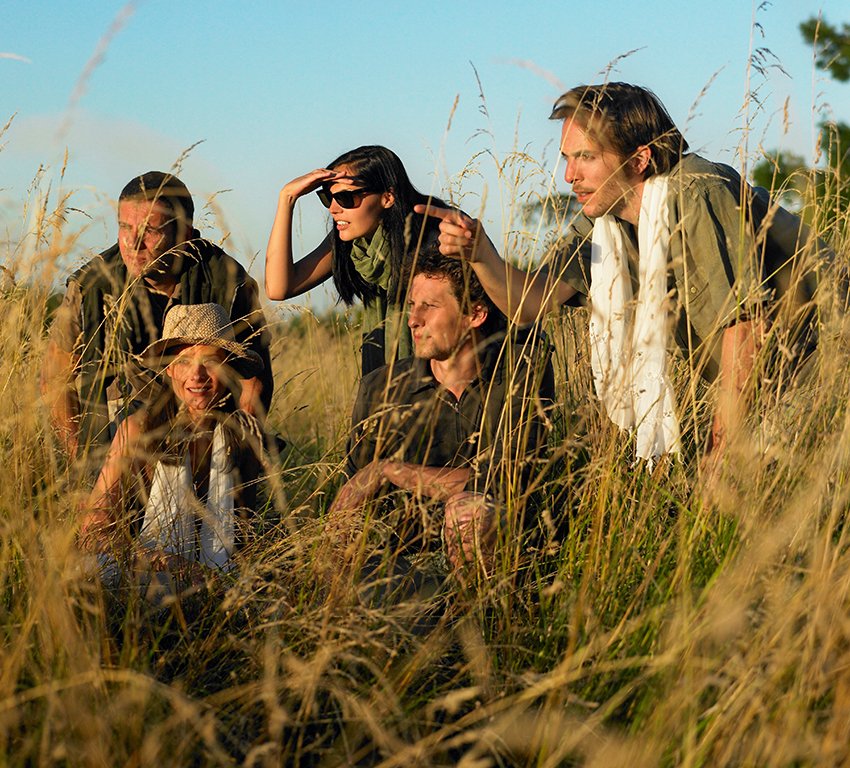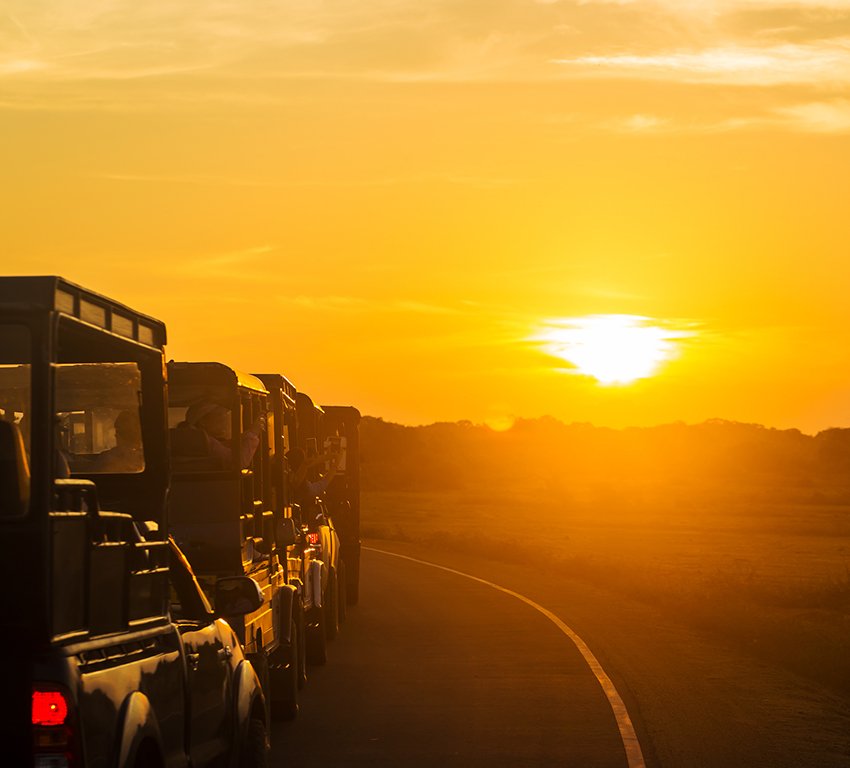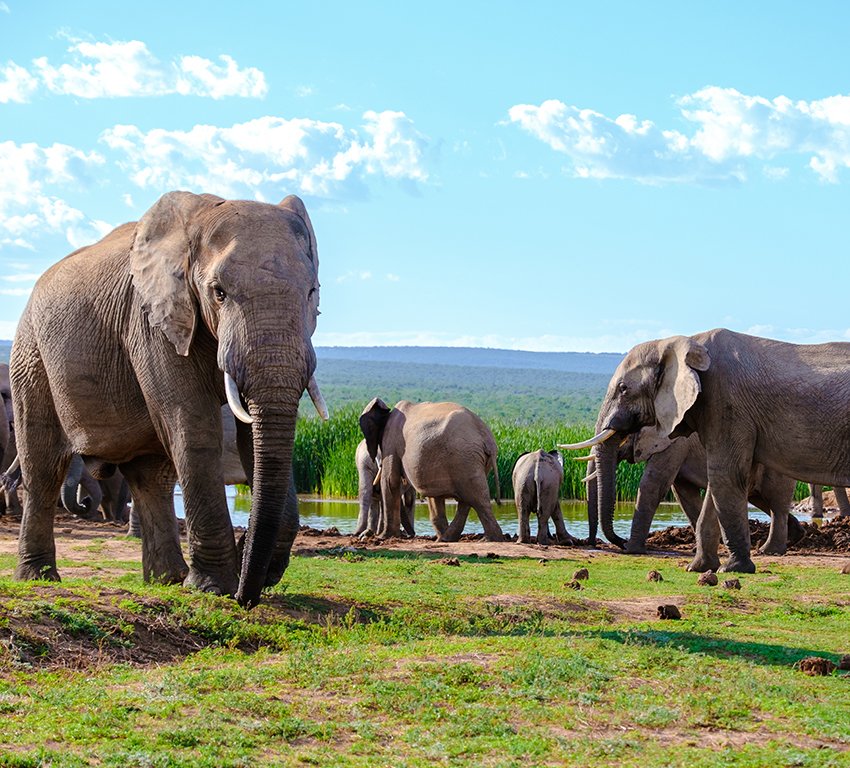Discover the Optimal Seasons for Your Unforgettable Safari and Beach Vacation in Kenya
Embark on an unparalleled adventure that combines the allure of Kenya’s wildlife-rich savannas with the allure of its pristine beaches. The Kenyan climate lends itself perfectly to a year-round exploration of both the African bush and the sun-kissed coastal havens. With a moderate to equatorial climate, you can revel in comfort during your daytime game drives and outdoor pursuits. As the evening and early morning arrive, a light jacket or warm fleece is ample to ward off the gentle chill in the highlands of the Great Rift Valley. Throughout the year, temperatures and rainfall exhibit fluctuations.
Understanding the rhythm of wet and dry seasons empowers you to plan an East African journey that aligns with your preferences. While we provide these insights as general guidelines, rest assured that your AfricanMecca travel planner can furnish you with more intricate details tailored to your chosen destination, wildlife interests, marine exploration, and preferred activities in Kenya’s natural realm.
It’s crucial to consider the influence of climate change on weather patterns, including those in Kenya. Our continuous communication with camps, guides, rangers, and tour staff in the field ensures that your AfricanMecca travel planner’s advice is well-informed and not solely reliant on historical data.

From July to October, Kenya experiences its longest dry season, characterized by cooler temperatures during the initial months. This period boasts heightened wildlife activity with animals congregating around permanent water sources due to the evaporation or recession of temporary waterholes.
Moreover, the sparse vegetation prompts herbivores to venture into open plains in search of nourishment, subsequently attracting predators that depend on these grazers and foragers. The peak visitor season aligns with the long dry season, ensuring optimal wildlife encounters, albeit at a premium cost. This period coincides with the European and American summer school break, contributing to higher visitor numbers. Additionally, the scarcity of stagnant water leads to fewer insects and mosquitoes.
Following the long dry season, a short rainy season occurs in November and December. While the rains rejuvenate the landscape, the increased vegetation disperses animal populations, necessitating more effort to spot them. The short rainy season sees a slight drop in visitor levels, except during Christmas and New Year’s.

The short, humid, hot-dry season of January and February coincides with winter in Europe and the United States. This time witnesses an influx of visitors seeking refuge from the cold weather. The short dry season is particularly favored by couples and honeymooners, offering excellent wildlife viewing conditions and manageable travel conditions.
April to June marks the long rainy season, with road conditions potentially affected. Despite this, Kenya’s vibrant flora comes to life, dispersing herbivore animals due to ample pasture and water. While predator tracking might pose a challenge due to tall grasses, this period coincides with the calving season of various mammals.
The magic of witnessing births and the first interactions between mothers and offspring unfolds before your eyes. Despite the rain, this is the most affordable period to visit Kenya. Flamingo enthusiasts should visit Lake Nakuru and Lake Bogoria in January, February, and October for sightings of these splendid birds.
For water lovers, the Indian Ocean’s allure beckons, with marine life, diving, and aquatic sports to indulge in along Kenya’s coastline and islands. Coastal areas offer a range of marine species and migratory visitors, such as humpback whales from June to December and fish species like yellowfin tuna and marlins at specific times.

Your AfricanMecca representative is your ultimate guide to tailoring a beachfront holiday in Kenya, aligning with your travel preferences. The coastal climate parallels that of the inland regions. January, February, and July to October shine as the best travel months – characterized by hot and cool dry seasons, respectively. November, December, April to June are marked by short and long rainy periods. Late March and October introduce the initial sprinkles of long-short rains, while late June and early January herald their arrival.
With Kenya’s welcoming weather, every moment is ripe for exploration, each season unveiling its unique wildlife spectacles. Let your AfricanMecca Safaris planner guide you through this remarkable journey of discovery.


